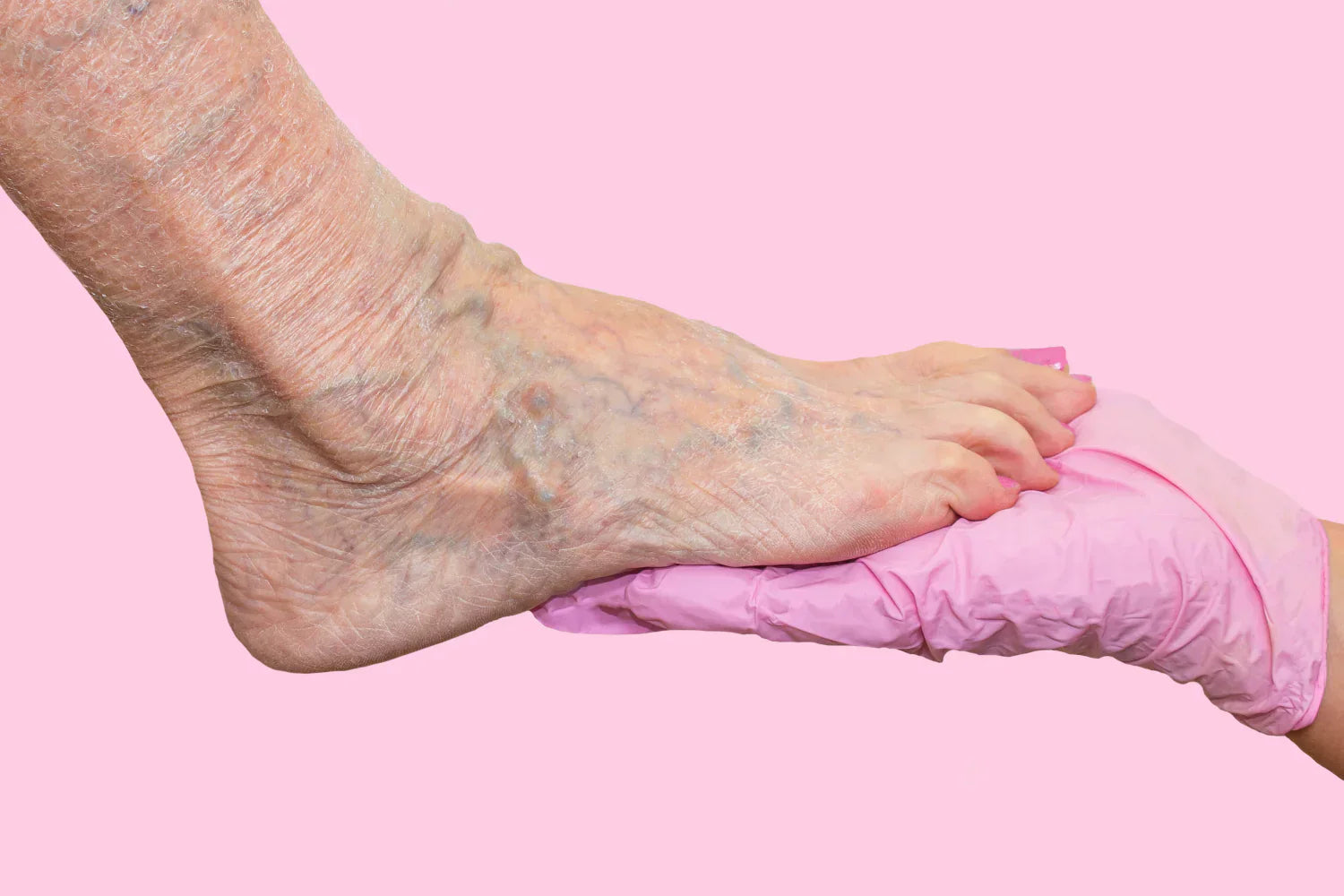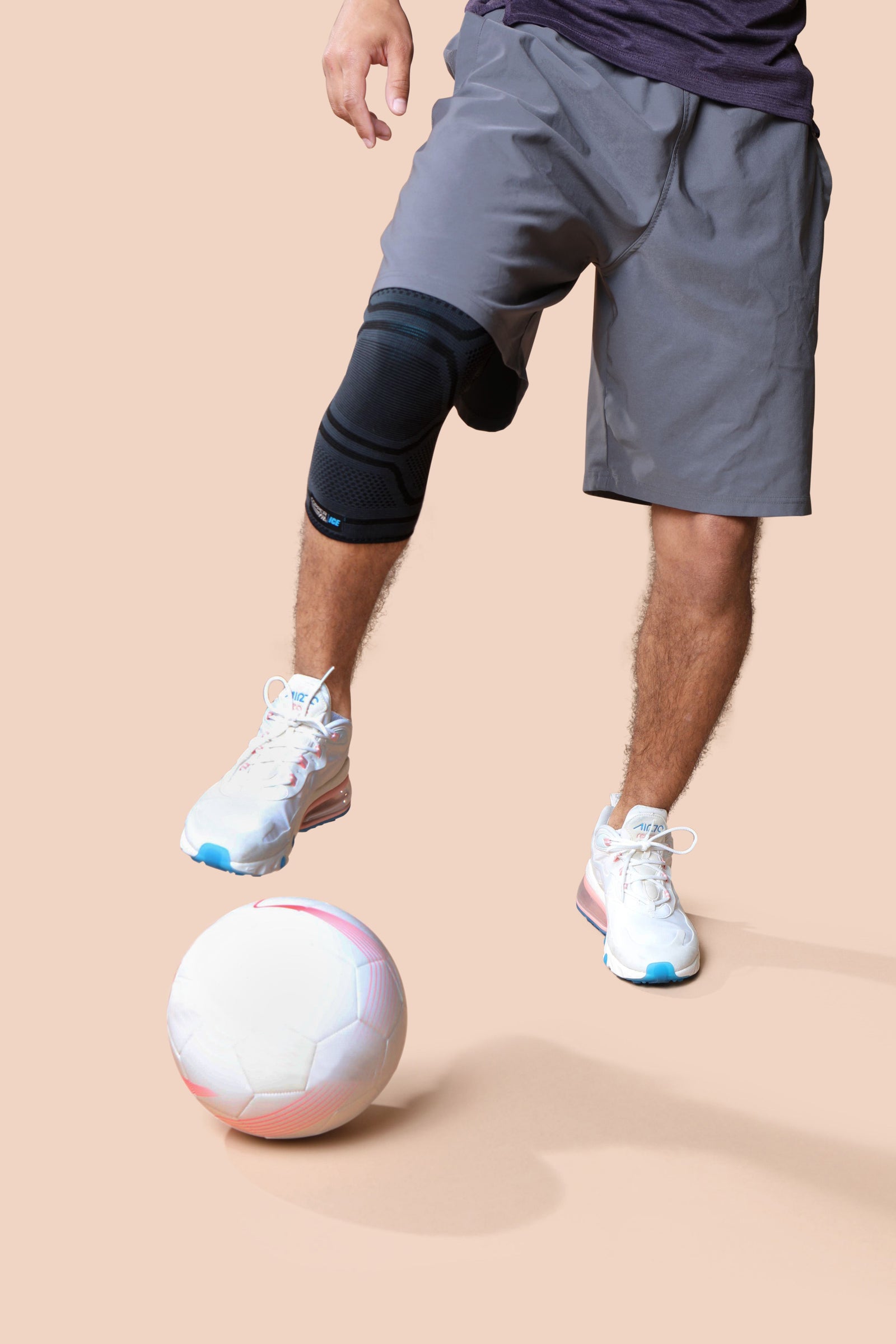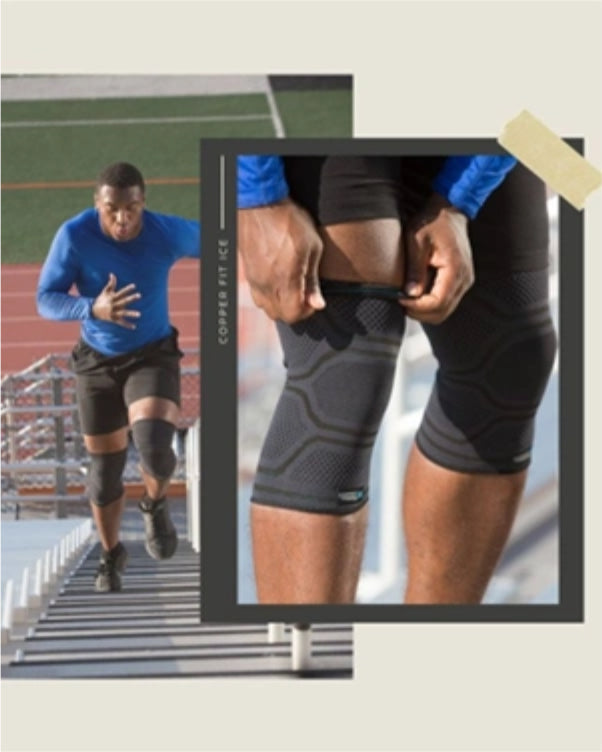
Key Takeaways:
-
Arterial and venous insufficiencies affect blood flow differently, but both can impact quality of life. Arterial insufficiency involves blocked arteries and reduced oxygen-rich blood flow, while venous insufficiency results from damaged vein valves that cause blood to pool in the legs.
-
Symptoms range from pain and cramping to swelling, skin changes, and ulcers. Both conditions can progress to serious complications like critical limb ischemia or deep vein thrombosis if left untreated.
-
Prevention and treatment rely on healthy habits and early medical care. Regular exercise, a heart-healthy diet, quitting smoking, and routine check-ups can help manage or prevent these conditions, with medications or procedures needed in more severe cases.
Understanding the nuances of your vascular health is crucial for maintaining overall wellness. Among the various conditions that can affect your circulatory system, arterial and venous insufficiency stand out due to their potential impact on your quality of life.
This article explores these conditions and how to manage them in your day-to-day life.
What Is Arterial Insufficiency?
Arterial insufficiency, also known as peripheral artery disease, is a condition that occurs when the arteries, typically in the legs, become narrowed or blocked. This blockage results in reduced blood flow to the affected areas, which can cause symptoms such as pain and discomfort, particularly during physical activities like walking or climbing stairs.
There are several risk factors that contribute to the development of arterial insufficiency. These include smoking, diabetes, high blood pressure, high cholesterol levels, and a family history of heart disease. Age is also a significant factor, with the condition more common in individuals aged 50 and above.
Symptoms of Arterial Insufficiency
The symptoms of arterial insufficiency can vary greatly among individuals. Some individuals may experience no symptoms at all, while others may notice leg pain or cramping during physical activity, a condition known as claudication.
Additional signs can include numbness or weakness in the legs, coldness in the lower leg or foot, and sores on the toes, feet, or legs that heal slowly or not at all. If arterial insufficiency is left untreated, it can lead to serious complications.
These can include critical limb ischemia, a condition characterized by chronic inflammatory injury and cell death due to a lack of oxygen. It can also increase the risk of stroke and heart attack. Understanding this condition and its potential impact on your health is crucial.
What Is Venous Insufficiency?
Venous insufficiency, on the other hand, occurs when your veins, particularly those in your legs, have trouble sending blood back to the heart. This is usually due to damaged valves in the veins, which prevent blood from flowing backward. When these valves don't function properly, blood can pool in the legs, leading to swelling and discomfort.
Several risk factors contribute to the development of venous insufficiency. These include age, being overweight or obese, a history of deep vein thrombosis (blood clots in the deep veins), and being female (due to hormonal changes from pregnancy, pre-menstruation, and menopause affecting vein walls).
Prolonged sitting or standing can also contribute to the development of this condition, as it can increase pressure in the veins of your lower body.
Symptoms of Venous Insufficiency
Symptoms of venous insufficiency include swelling in the legs or ankles, pain or cramping in the legs, varicose veins, changes in skin color or texture, and ulcers on the legs. If not managed properly, venous insufficiency can result in complications like venous ulcers, deep vein thrombosis, and varicose veins.
In severe cases, venous insufficiency can lead to changes in skin color and texture and the development of ulcers on the legs. These ulcers can be painful and difficult to heal, further impacting an individual's quality of life. Therefore, understanding venous insufficiency, its symptoms, and potential complications is crucial for maintaining your vascular health.
How Are Arterial and Venous Insufficiencies Diagnosed?
Diagnosis of arterial and venous insufficiency begins with a thorough medical history and physical examination by a healthcare professional. They may ask about your symptoms, lifestyle habits, and any existing medical conditions.
For arterial insufficiency, one common diagnostic test is the Ankle-Brachial Index (ABI). This test compares the blood pressure in your ankle with the blood pressure in your arm to determine how well your blood is flowing.
Other tests may include Doppler ultrasound, which visualizes the blood flow in the veins and arteries, and angiography, which involves injecting a contrast dye to highlight blood vessels in X-ray images.
Venous Insufficiency
Venous insufficiency, on the other hand, is often diagnosed using a duplex ultrasound. This test combines traditional ultrasound with Doppler ultrasound to visualize the veins in your legs and assess blood flow. In some cases, a venogram might be performed. This involves injecting a contrast dye into a vein in your foot and taking X-ray images as the dye flows up the leg.
Early detection and diagnosis of these conditions are crucial for effective management and treatment, reducing the risk of complications and improving quality of life.
How Are Arterial and Venous Insufficiencies Treated?
The treatment for arterial and venous insufficiency often involves lifestyle changes, medication, and in some cases, surgical procedures.
For arterial insufficiency, lifestyle changes like quitting smoking, exercising regularly, and maintaining a healthy diet can significantly improve symptoms. Medications may be prescribed to control blood pressure, lower cholesterol levels, prevent blood clots, and relieve symptoms. In severe cases, procedures like angioplasty or bypass surgery may be necessary to improve blood flow.
Venous insufficiency is often managed through lifestyle modifications such as regular exercise, weight loss, avoiding long periods of standing or sitting, and elevating the legs to reduce swelling.
In some cases, medications to reduce swelling and prevent blood clots may be prescribed. Severe cases may require procedures like sclerotherapy, endovenous thermal ablation, or surgery to improve vein function.
How To Prevent Arterial and Venous Insufficiency
Preventing arterial and venous insufficiency primarily involves adopting a healthy lifestyle. Here are some preventive measures you can take:
Regular Exercise
Engaging in regular physical activity can improve your vascular health by promoting blood flow and helping maintain a healthy weight. This doesn't necessarily mean you need to hit the gym hard every day.
Simple activities like walking, swimming, or cycling can have significant benefits. Aim to incorporate at least 30 minutes of moderate exercise into your daily routine.
Healthy Diet
Consuming a balanced diet rich in fruits, vegetables, whole grains, lean proteins, and healthy fats can help manage your blood pressure and cholesterol levels, reducing the risk of arterial and venous insufficiency.
Try to limit your intake of processed foods, saturated fats, and added sugars. Instead, focus on nutrient-dense foods that support heart health.
Avoid Prolonged Inactivity
If your job involves long periods of sitting or standing, take short breaks to move around and stretch. This can help promote blood flow and prevent blood from pooling in your legs. Aim to get up and move for a few minutes every hour if possible.
Quit Smoking
Smoking can damage your blood vessels, increasing the risk of arterial and venous insufficiency. Quitting smoking is one of the best things you can do for your vascular health. If you're struggling to quit, don't hesitate to seek help. There are many resources and support groups available to assist you.
Regular Check-Ups
Regular medical check-ups can help detect potential issues early, allowing for prompt treatment and management. Don't skip your annual physicals, and if you have risk factors for arterial or venous insufficiency, make sure to discuss them with your healthcare provider. They can help monitor your condition and provide personalized advice to manage your risk.
By adopting these preventive measures, you can take proactive steps toward maintaining your vascular health and reducing the risk of arterial and venous insufficiency. Remember, your health is an investment, and taking the time to care for it now can pay off in the long run.
FAQs
What is the best vitamin for vein issues?
Niacin is one of the best vitamins for vein health. This form of B3 vitamin supports blood circulation, healthy levels of cholesterol in the blood, and overall vein health. Niacin can be found in various foods, including turkey, oatmeal, tuna, chicken, turkey, and peanuts.
Can walking reverse venous insufficiency?
Walking and other forms of exercise can help blood flow better in your leg veins. Each time you take a step, your calf muscle squeezes and helps your veins pump blood back up to your heart. This “calf muscle pump” is known as your “second heart.”
What do legs look like with venous insufficiency?
Legs with venous insufficiency can exhibit a range of visible changes, from mild swelling and varicose veins to more significant skin discoloration, thickening, and even open sores (ulcers). The severity and specific appearance can vary depending on the stage and the individual.
Putting Health First
Arterial and venous insufficiency are common vascular conditions that can significantly impact your quality of life. Understanding these conditions, their causes, symptoms, and treatment options, is the first step towards managing them effectively.
Arterial and venous insufficiency need not dictate your life. With the right knowledge and resources, you can take proactive steps toward better vascular health, empowering you to live an active, comfortable, and fulfilling life.
Sources:
Edema - Symptoms and causes | Mayo Clinic
Critical Limb Ischemia | Vascular Center | UC Davis Health
Lower limb venous insufficiency and tobacco smoking: a case-control study | PubMed





